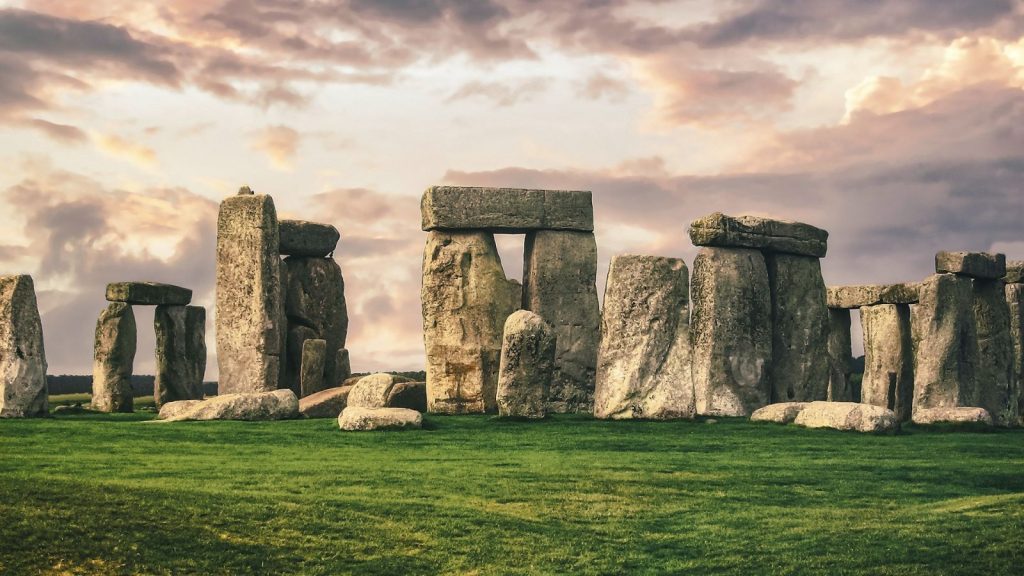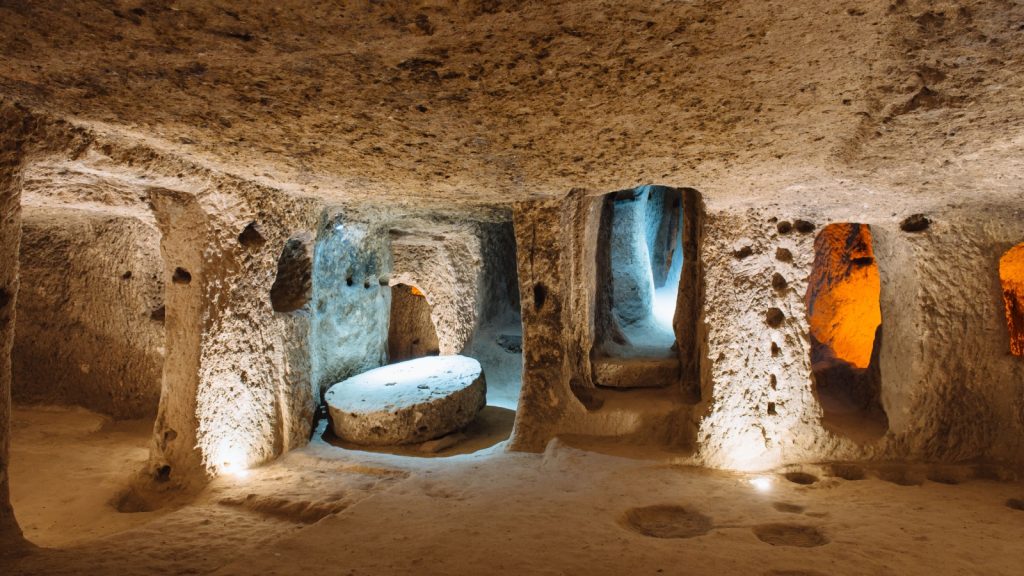There’s something magical about ancient places, especially the ones that leave us scratching our heads. I’m always amazed at the ingenuity and artistry of ancient civilizations, but it’s the mysteries that stick with me. How did they build these structures? What were they used for? And why do some of their secrets still elude us? These enigmas connect us to the past in a way that feels almost otherworldly.
Let’s take a look at some of the most baffling ancient structures that archaeologists and historians are still trying to unravel. Whether they’re from faraway deserts, dense jungles, or right in our backyard, these places make you wonder how much of history is still hidden.
1. Stonehenge in England

This iconic circle of massive stones has puzzled people for centuries. Built around 3000 BCE, no one knows exactly why it was constructed. Some say it was an ancient calendar, while others think it served as a place for rituals or even healing. The stones, weighing up to 25 tons, were transported from over 150 miles away, a feat still not fully understood.
2. The Great Pyramids of Giza in Egypt

The Pyramids of Giza are a marvel of engineering, especially when you consider they were built over 4,500 years ago. The largest pyramid, the Great Pyramid, was the tallest man-made structure in the world for nearly 4,000 years. Scholars debate how such massive stones were precisely placed without modern machinery. Were they ramps? Pulley systems? Alien help? We’re still guessing.
3. The Nazca Lines in Peru

These massive geoglyphs etched into the desert floor are visible only from the air. Created between 500 BCE and 500 CE, the purpose of the Nazca Lines remains unknown. Some believe they had religious significance, while others suggest they were an astronomical guide. The mystery deepens with the precision of their design—how did ancient people map them so perfectly without aerial tools?
4. Gobekli Tepe in Turkey

Considered the world’s oldest known temple, Gobekli Tepe dates back to 9600 BCE, long before agriculture or permanent settlements were common. The massive stone pillars, carved with intricate animal designs, seem to defy our understanding of what early humans were capable of. What motivated hunter-gatherers to build such a complex structure?
5. The Moai Statues of Easter Island

These giant stone heads, carved by the Rapa Nui people, have fascinated researchers for years. The biggest question is how these massive statues, some weighing over 80 tons, were transported across the island. Recent studies suggest they may have been “walked” using ropes, but even that doesn’t fully explain their journey.
6. The Baalbek Stones in Lebanon

Baalbek is home to some of the largest cut stones in the world, known as the Trilithon. Each stone weighs around 800 tons, yet they were somehow lifted and placed with incredible precision. The purpose of these massive blocks and the techniques used to move them remain a mystery.
7. The Longyou Caves in China

Discovered in 1992, these hand-carved caves are estimated to be at least 2,000 years old. No records exist of their construction, and their purpose is unknown. The precision of their creation, with smooth walls and uniform depth, is astonishing, especially considering the tools available at the time.
8. The Sacsayhuaman Walls in Peru

These enormous stone walls near Cusco are made of massive boulders fitted together so tightly that not even a piece of paper can slide between them. How the ancient Inca carved and transported these stones, some weighing over 100 tons, remains a source of debate.
9. Newgrange in Ireland

This ancient passage tomb, built around 3200 BCE, predates both Stonehenge and the pyramids. Its most striking feature is that the inner chamber is perfectly aligned to capture the rising sun during the winter solstice. The precision suggests a deep understanding of astronomy that still amazes scientists today.
10. Puma Punku in Bolivia

The ruins of Puma Punku, part of the Tiwanaku site, feature intricately carved stone blocks that fit together like a puzzle. The precision is so exact that it’s hard to believe they were made without modern tools. How this was achieved, and for what purpose, continues to puzzle archaeologists.
11. The Derinkuyu Underground City in Turkey

This subterranean city could house up to 20,000 people, complete with ventilation shafts, wells, and escape routes. Built around the 8th century BCE, it’s unclear how ancient engineers managed to carve out such an extensive and functional underground network.
12. The Yonaguni Monument in Japan

This underwater rock formation, discovered off the coast of Japan, has sparked debates for years. Some believe it’s a natural formation, while others argue it’s a man-made structure from a long-lost civilization. Its symmetrical shapes and terraces make it hard to dismiss the human connection.
13. The Kailasa Temple in India

Carved out of a single rock, the Kailasa Temple at Ellora is an architectural masterpiece. Constructed in the 8th century, it was hewn downward from the top, a method that’s almost impossible to replicate even today. How they achieved such intricate carvings without advanced tools is a mystery.
14. The Hypogeum of Ħal-Saflieni in Malta

This underground temple, dating back to 4000 BCE, is one of the most unique prehistoric sites in the world. Its acoustics are extraordinary, amplifying sound in a way that seems almost magical. Scholars are still trying to understand how this was achieved and what role sound played in its use.
15. Nan Madol in Micronesia

Known as the “Venice of the Pacific,” this ancient city is made up of over 100 small artificial islands connected by canals. Built between the 12th and 13th centuries, the basalt stones used in its construction weigh several tons each. How these stones were moved and why the city was abandoned remain mysteries.
16. The Great Zimbabwe Ruins in Zimbabwe

These ancient stone structures, built between the 11th and 15th centuries, served as a royal palace for the Zimbabwean monarch. The methods of construction and the reasons for the site’s abandonment remain subjects of research and debate.
15 Worst British Cars That Were Truly A Nightmare to Own

Ever had a car that seemed more at home in the garage than on the road? You know, one of those vehicles that made every drive feel like a gamble—”Will we make it this time?” If that sounds familiar, you might find an old nemesis (or should I say, chassis?) on this list. Join me on a slightly exasperating, yet nostalgic journey as we revisit some of the most frustratingly unreliable British cars ever made.
Read More: 15 Worst British Cars That Were Truly A Nightmare to Own
These 23 Titanic Facts That Will Make You See the Tragedy in a New Light

The Titanic, perhaps the most legendary ship ever, was a masterpiece of early 20th-century engineering, funded by American tycoon J.P. Morgan and constructed at the Harland and Wolff Shipyard. Thanks to the movie and other works of popular fiction, any people think they know everything there is to know about the Titanic, but they’re wrong.
Read More: These 23 Titanic Facts That Will Make You See the Tragedy in a New Light
18 Everyday Things Amish Women Aren’t Allowed to Do

The Amish culture is known for its simple way of life and adherence to traditional values. While this lifestyle may seem appealing to some, there are certain restrictions that Amish women face that most modern women do not. Take a look at these things that we take for granted that are off-limits to Amish women.
Read More: 18 Everyday Things Amish Women Aren’t Allowed to Do
Ellen has been obsessed with logic puzzles, jigsaws, and cryptograms since she was a kid. After learning she was taught how to play chess wrong by a family friend (so they could win), she joined her school chess club and the rest is history.


